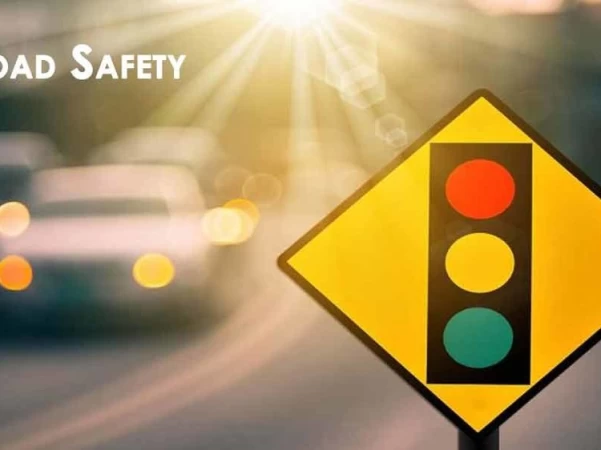
Safety is unignorable when you’re behind the wheel which starts by ensuring on a perfect and glitch-free vehicle. There’re a number of DIY simple and easy checks you can perform to make sure your car is in excellent condition; and you don’t need to wait for the annual MOT here. Read on to know!
Checking the fuel tank is extremely important and should be on your priority list to ensure a safe and smooth journey ahead. Closely monitor the fuel level and see if you’ve plenty to make the journey without running out in the middle of nowhere and unexpectedly. A topped fuel tank also ensure you don’t experience breakdown or any other such trouble.
A general rule also includes tyre assessment which however needs to be done regularly on possible signs of wear or damage like cuts and bulges. Run your hand over the tyre surface to feel objects that might’ve been stuck to the rubber or in the grooves. On noticing anything unusual, have it checked by professionals like Falken Tires and replace with the original equipment for best result.
When assessing the tyre condition, take time to measure tread depth of each as well which is the measurement between the rubber top and bottom of the tyres all the way to the grooves. Tread depth rate varies from one state to another and affected by many different things like the surface on which you drive the tyres, weather, total miles covered, driving style and much more. Check the state laws and make sure the tread depth is sufficient to give a good grip on the road and safe drive. If it isn’t the case, chances of having an accident are greater.
Besides the tread depth, make sure the tyres you ride on are properly inflated and always have the appropriate pressure. Over or underinflated tyres increase the risk of uncontrolled vehicle should there be an emergency, tyre blowout, breaking of the inner tyre rim and other such mishaps that eventually lead to fatal accidents.
To know about the correct tyre pressure, read the car manual or a sticker on the inside of the driver’s door for relevant details. The pressure is indicated in PSI which is the number against which the tyres need to be inflated. Keep a small, handy digital device to determine if you would need to inflate or deflate them.
To maintain optimum and smooth performance of the car, always ensure the engine oil levels are just right. It can be done by popping the bonnet open and fiddle for the dipstick; a long, bright-coloured rod. Extract the dipstick from the tube, wipe away the oil before you push it back only to remove again for checking where the oil has left its marking on the measurement rod.
Windscreen wipers become worn down over time. Leaving behind streaks and smears on the glass surface eventually making it difficult for you to see through especially in dangerous conditions.
ACTIVE SECURITY
It is the set of all those elements that contribute to provide greater efficiency and stability to the vehicle in motion and as far as possible avoid an accident. Every day there are more and they are more sophisticated. Some of them are:
The condition of the tires and safety. Traffic and Road Safety Magazine. DGT
The condition of the tires and safety. Traffic and Road Safety Magazine. DGT
TIRES : it depends on the quality of the tires and their good condition and pressure that they fulfill all their functions well and therefore we travel safely.
They must bear the load; ensure the transmission of the motor effort to start, accelerate, circulate at different speeds and reduce; drive the vehicle, go straight or take turns; help stability, suspension and comfort; Participate in braking. They have to endure multiple situations: cold, heat, ice, snow, water, different types of pavement, potholes, obstacles so they are subject to significant fatigue, wear and aging.
Therefore, we need to check the pressure, damage with visible or bulky cables, the general condition with multiple cracks and wear . In addition, poor driving will cause rapid wear: fast starts and stops, strong braking at high speed, cornering with excessive speed and bumps or friction on curbs.